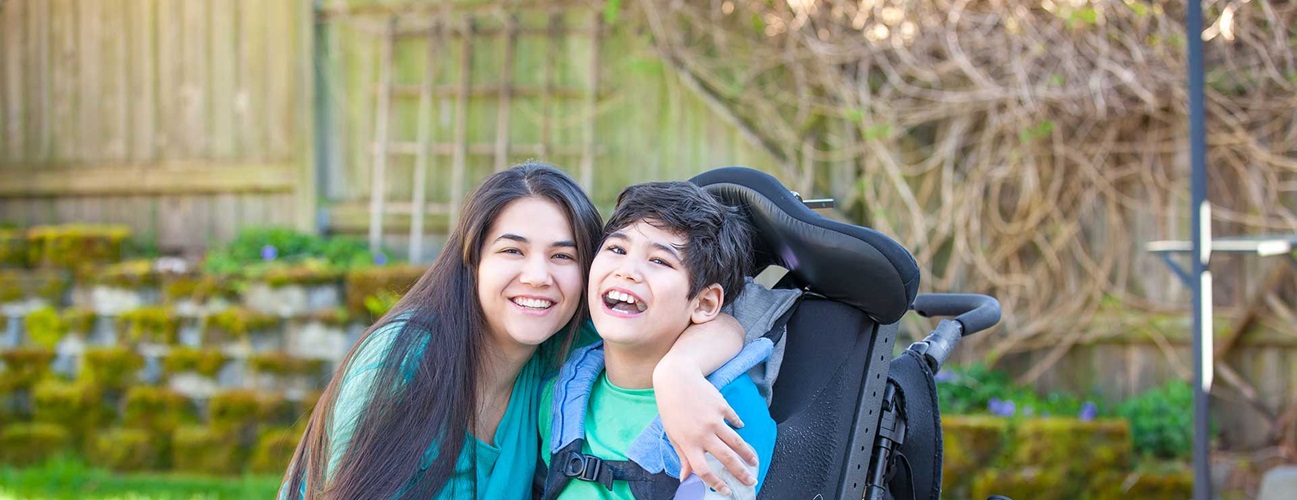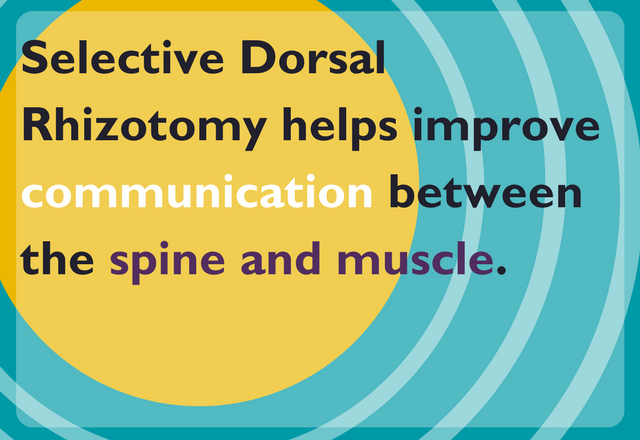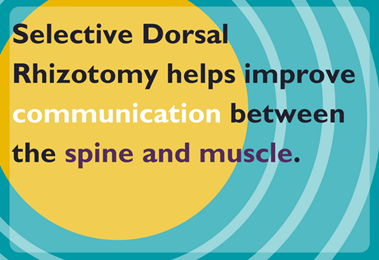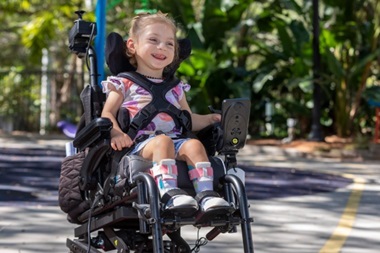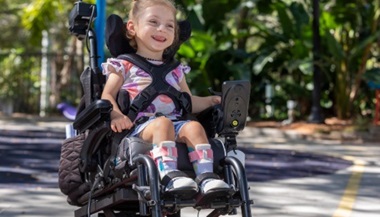Intrathecal Baclofen Pump for Cerebral Palsy: Expert Answers to Parents' Most-Asked Questions
Featured Expert:
If your child has cerebral palsy (CP) or another neurological disorder, he or she also may have:
- Spasticity: Involuntary muscle stiffness.
- Dystonia: A common movement disorder characterized by abnormal muscle contractions.
The intrathecal baclofen pump is a specialized neurosurgical treatment option for spasticity and/or dystonia.
Johns Hopkins pediatric neurosurgeon Shenandoah "Dody" Robinson, M.D., answers some common questions about this treatment.
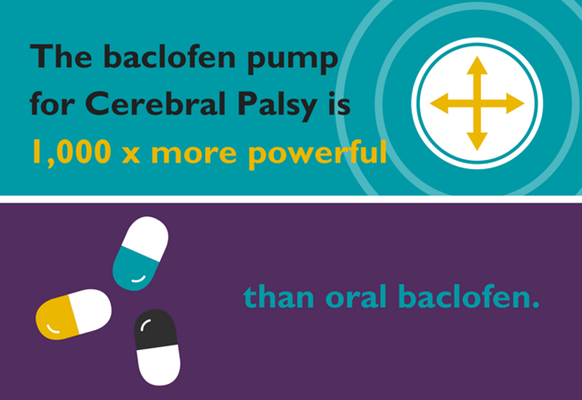
What is an intrathecal baclofen pump?
The goal of the pump is to provide your child with potent, long-lasting relief from symptoms. During a two-hour-long surgery, a neurosurgical team strategically places a hockey puck-sized pump underneath your child's abdominal skin (but outside any organs).
A tiny catheter connects the pump to the spine so that the baclofen medicine can be delivered directly to the spinal fluid. Baclofen is commonly used to treat spasticity. By relaxing the muscles, the baclofen reduces muscle tone and often improves mobility.
Once the surgery is completed, your child's doctor will adjust the dose to do what's best for your child. Through regular follow-ups, we can adjust the dose as necessary as your son or daughter grows.
How is the baclofen pump different from oral baclofen?
There's a chance your child may have already tried baclofen via an oral medication or through a feeding tube. The pump approach is much more powerful. Because the pump delivers the medication directly into the spinal fluid, it's 1,000 times more potent. This can translate into a big difference in symptom relief for your child.
What are other benefits of the baclofen pump?
Because the pump medication doesn't go through the bloodstream, it won't interact with other medications your child may take for seizures or other conditions.
This also means that if your child experienced negative side effects while taking oral baclofen, he or she could avoid those by using the pump instead, since the medication does not enter the bloodstream.
Is the baclofen pump right for my child?
It's important to speak with a knowledgeable physician who specializes in this procedure. However, if your child is at least 32 pounds and able to maintain that weight, this treatment could improve his or her muscle stiffness and spasms enough to:
- Make positioning easier
- Improve painful muscle spasms
- Allow your child to run his or her own devices
- Help your child communicate
At Johns Hopkins, our team of medical specialists identifies whether your child is a good candidate for this surgery. If your child meets the criteria, our team works with you to come up with clear, attainable treatment goals.

